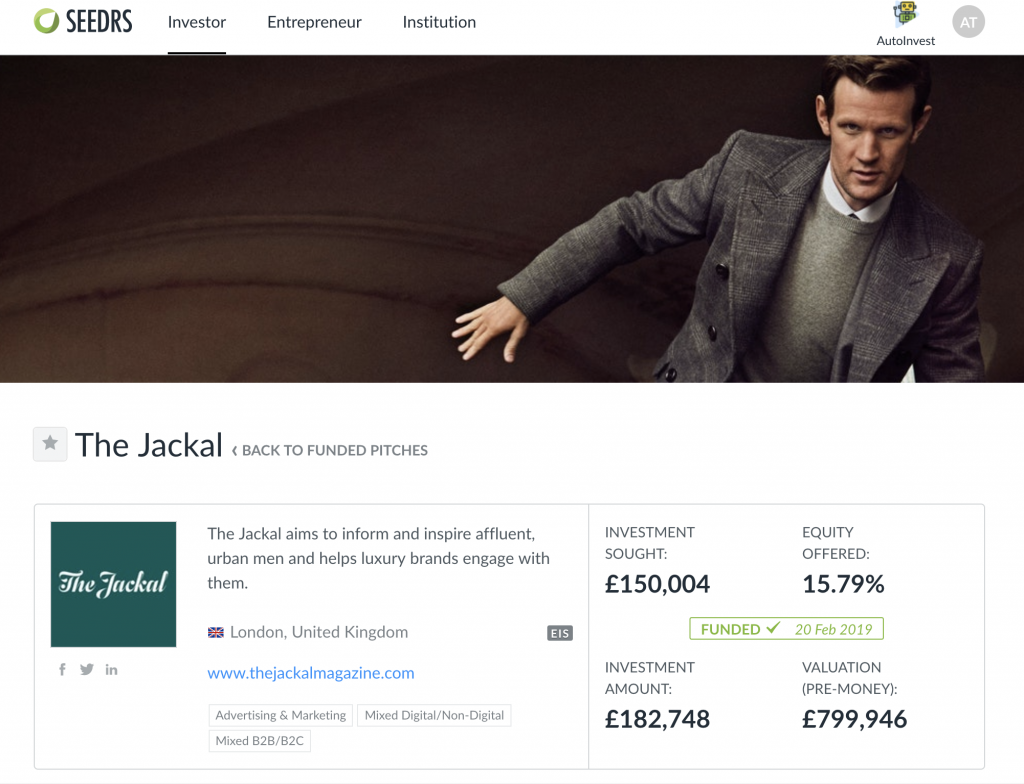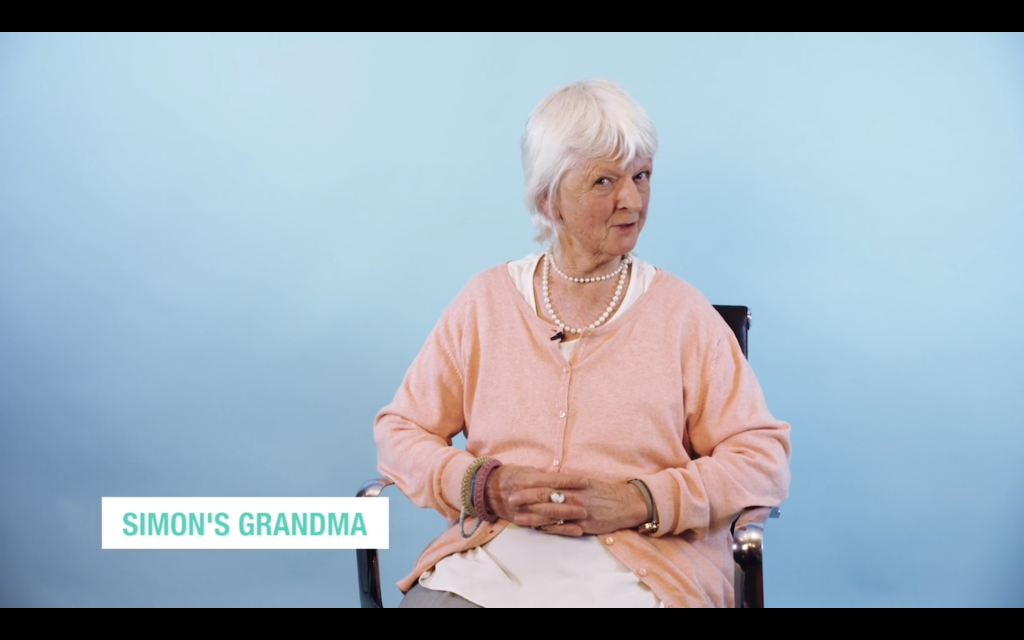Before embarking in an equity crowdfunding campaign, you should consider having a well-refined brand. The reasons are multiple but they could be summarised in being very clear in what you do and what you stand for in a way that resonates with your audience.
Brand development is a complex process in which big companies spend a big percentage of their marketing budget every single year.
As a startup, you probably don’t have the time or the money to come up with a nuanced brand at the level of say, Apple or Nike. But, hopefully, this article will give you some guidelines that will help you develop a brand good enough to appeal to your audience and potential equity crowdfunding investors. Let’s get into it!
Get the basics right: know your audience!
And by ‘your audience’ I mean your buyers – not your investors (more about them later)! How does your target audience behave? What do they aspire to? What problems are you solving for them?
To answer all of these questions, you have several options: from cheap online questionnaires or face to face interviews to fully-fledged pieces of market research. As a lean startup, you’ll probably go for a more cost-efficient option.
In any case, this is the first and essential step to build your brand. Once you have a clear idea, you can define a customer persona and start working on your brand foundational tools, defining what functional and emotional benefits your brand offers, what personality and values it has and what’s the ultimate discriminator. All of this could be expanded in a series of blog posts – if you’re interested, do let me know and I’ll work on them!

The raise of the human brand
In the last few years, we’ve seen brands adopting human traits. A good product or service is the basis to gain trust from your customers, but in a very commoditised world, this is not enough. People are demanding an emotional connection.
And going one step further, taking a stand in controversial topics will get your message through. We have seen examples of this with the very successful inclusion of Colin Kaepernick on the Nike adverts last year. Or the slightly more disastrous approach by Gillette earlier in 2019 when they took a stance on toxic masculinity and got a bit of a backlash.
In both cases, we’re seeing brands taking a stance, showing their human side. As long as you do this on a very calculated way that aligns with your archetype and your discriminator (more later) this could pay off nicely. Not for the faint-hearted though! It could backfire badly…
Being ‘choiceful’ with your brand personality and values
One thing I’d like to be clear from the start is that, when you’re choosing words to describe your brand, you should do so with adjectives that offer a viable alternative.
Adjectives like ‘trustworthy’ or ‘high-quality’ are not great brand personality traits because they don’t offer viable alternatives. No brand will describe them as ‘untrustworthy’ or ‘low-quality’.
Other adjectives as ‘individualist’ and ‘controlled’ are much better because you can define a brand with them as well as their opposites (‘gregarious’ and ‘spontaneous’).
The Jungian Archetypes
A great way to naturally resonate with your audience is by choosing as your brand personality one of the 12 Jungian Archetypes for your brand. These archetypes appear in all of the stories we tell and are easily recognisable by all of the audiences.
For example, Harley-Davidson is a clear example of the Rebel archetype while Chanel fits quite neatly on the Lover archetype. I encourage you to think on those terms when branding for equity crowdfunding.


Not only that, you could assign the archetypes to your audience and design carefully how your character serves them. For example, your brand could be the Sage that provides the knowledge that enables the Rulers in the audience to exercise their power.
Please do let me know if you’re interested in knowing more about the brand archetypes and I will follow up this article with another one focussing only on them.
Don’t let your investors dictate your brand
The ideal situation is that your investors resonate with your audience archetype. Designing a message for them will be the same as talking to your core audience. Unfortunately, that’s not always the case.
The worst thing you can do is changing completely your messaging to appeal to them. You would end up with a very inconsistent brand that confuses both your customers and investors. In the branding world, consistency is key!
However, I would invite you to think about how you could highlight your principles and business plan in a way that both matches your archetype and resonates with them.
A couple of examples of excellent branding for equity crowdfunding
All this might seem a bit theoretical… so let’s take a look at two brands that successfully crowdfunded adopting a very clear brand archetype:
- The Jackal is a magazine targeting high earning individuals. They raised £181k on Seedrs. They had a very clear Ruler archetype, associating their brand to other Ruler brands like Rolex.
- Chip: a challenger bank, they adopted the Jester personality, with a completely hilarious video that conveyed their message perfectly. They have raised nearly £5m in two rounds on Crowdcube. Their last round holds the record of most investors on the platform!


Wrapping it up
A clear and defined brand is essential to connect with your audience and convince your investors. The best way to define the brand is by being ‘choiceful’ with your values and character. And adopting one of the 12 Jungian archetypes is a great way to let your audience easily understand what you stand for.
In an investment environment, you should stick to your guns and continue communicating the same brand, to avoid confusion. Consistency is key!
If you’d like to discuss branding for equity crowdfunding (or any other crowdfunding topic) do not hesitate to comment on this post or contact me.

Leave a Reply